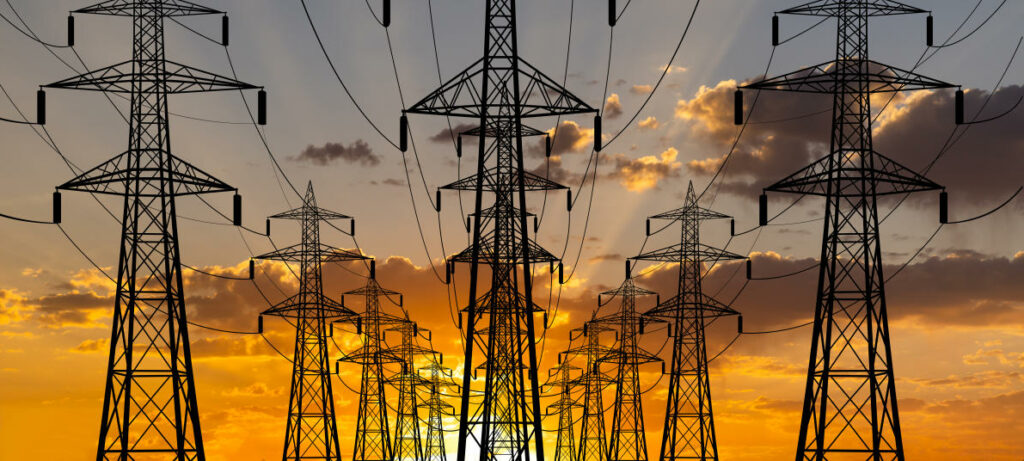An NBC story headlined “California warned to brace for another summer of energy blackouts” to which the head of the state’s power grid operator added “Guarded optimism is a reasonable way to state it.” Another way might be: Why is it that the richest state in the union can’t provide its people with reliable electricity? Dare we suggest because it’s also the greenest? But that possibility isn’t stopping the lineup of would-be copycats. For instance President Biden with his pledge to cut US GHG emissions by half from 2005 levels by 2030, that famously distant date now under nine years away. As Somini Sengupta put it with considerable understatement in the New York Times’ “Climate Fwd.” after Biden’s virtual climate summit, “Now comes the hard part.” Unfortunately, causing soaring energy prices while missing climate targets doesn’t seem hard at all to the political class.
As for the possibility that unwise investments in unicorn power are to blame for blackouts, perish the thought “’Achieving 100 percent clean electricity by 2045 is not only a bold pursuit, but a wise one,’ Marybel Batjer, president of the California Public Utility Commission, said in a statement. ‘Such action is required to avoid the worst impacts and costs of climate change and to ensure the delivery of safe, affordable, reliable and clean power to all Californians.’” Uh didn’t you just say it was going off? Yes but see “as the most populous state races toward a sustainable future, officials remain concerned that California's aging infrastructure is not up to the task.”
Nor is their mental infrastructure, at least according to Francis Menton who argues that they didn’t grasp the difference between GW and GWH. Also known as “Either these people do not understand the basic units used for these calculations, or they cannot do basic arithmetic, or both.” We’re going with both.
As we are with regard to the Canadian government, which of course maintains a sunny insistence that it will meet all its targets despite never having done so yet. But as Lorrie Goldstein recently wrote in the Toronto Sun, such “political rhetoric has become increasingly divorced from reality.” He quoted Environment Minister Jonathan Wilkinson that “We will see year-on-year reductions — absolute reductions — starting in 2020, through to 2030. We have high confidence that’s actually going to be the case.” But Goldstein says, we may see a reduction in 2020 because of the pandemic, when they lope around to releasing the figures in 2022 (though probably not, his paper editorialized, by enough to meet even that year’s target). But “Since the Trudeau government was elected in 2015, Canada’s emissions have gone up from 723 million tonnes annually to 730 million tonnes in 2019 — the last year for which government data is available. Now it’s promising to cut our annual emissions by 40% to 45% below 2005 levels by 2030 — meaning a cut of between 287 million tonnes and 324 million tonnes annually. A 324-million tonne cut would require Canada to shut down the equivalent of our entire oil and gas sector (191 million tonnes annually ), entire agriculture sector (73 million tonnes annually) and entire electricity sector (61 million tonnes annually) in less than a decade. That would total 325-million tonnes, giving Wilkinson one million tonnes to spare. That’s some fairy dust he must have.”
Across the pond the British government is tossing more than £30 million at research into ways to get large amounts of CO2 out of the atmosphere. And maybe they’ll get lucky though, as we have already observed, this plan is more than a little risky if it turns out CO2 really drives the temperature, because then sucking it back to a “natural” 280 ppm would not only risk making the world colder as well as browner in the short run, but triggering a trend taking us back to the Little Ice Age with its foul weather and crop failures. On the plus side, this initiative shows that they are serious. Though back on the minus, they’re a bit late. What ever happened to figuring out how to do something before promising to do it?
Make-believe remains popular. But nuclear is the real main option, and the hostility of many greens to the one form of power than can reliably supply energy to normal people without a lot of GHGs has raised suspicions in some quarters about their real goals. But taking the high road, we ask that as the other options come up short, they reconsider. Because other options are coming up short. Way short.



Some years ago I remember seeing in a science fiction story the phrase 'the hell-hole that was California'. Could this have been prescience?
And just how long does it take to design, get approval for and construct a new nuclear facility?